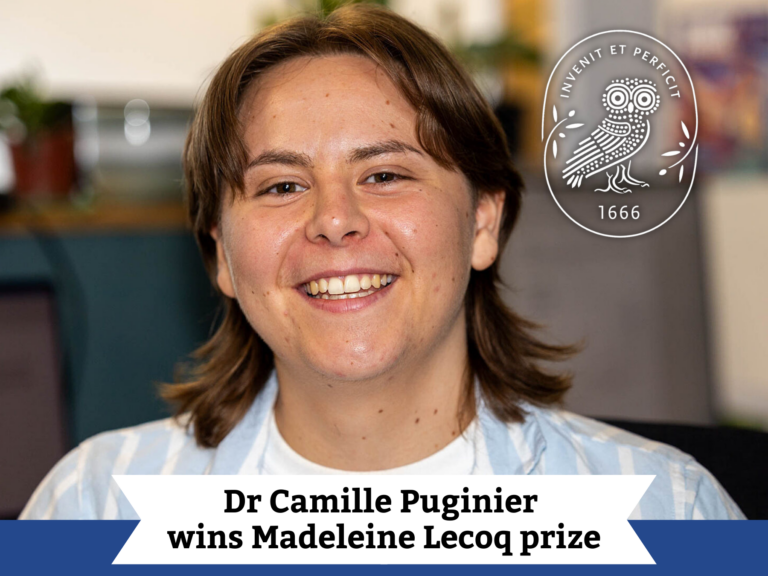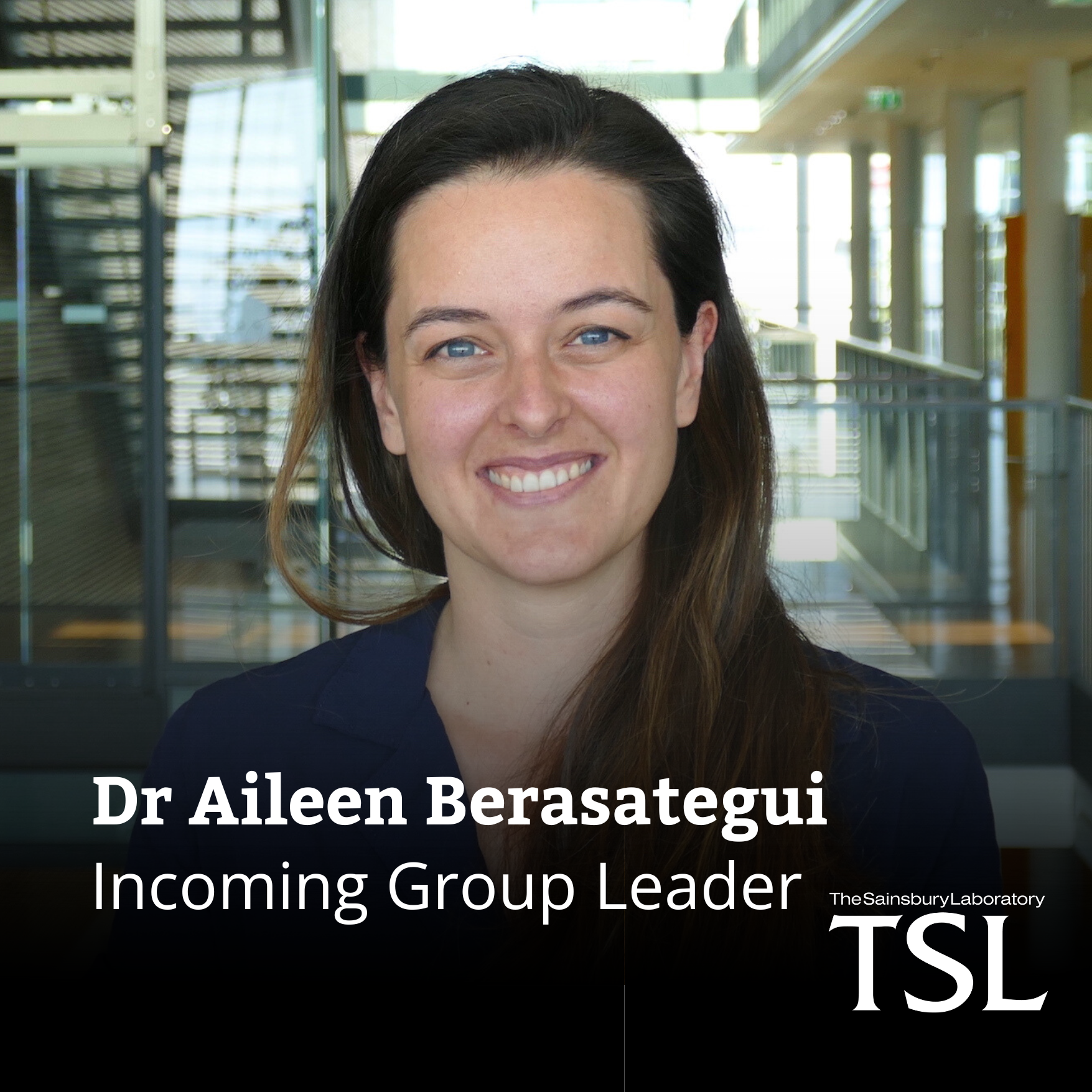Nornex Report on Ash Dieback Published
Open access to data has enhanced the ability of the scientific community to respond to emerging threats like ash dieback disease.
That was the message from TSL’s Dan MacLean at a press conference for the launch of the Nornex Report, which summarised the work of a consortium of scientists convened following the outbreak of ash dieback in 2013.

Defra’s Nicola Spence (left), researcher Dr Anne Edwards (centre) and Defra minister Lord Gardiner view a tree tolerant to ash dieback at the launch of the Nornex Report
Throughout, the sequencing data was made available for all researchers on the Open Ash Dieback website oadb.tsl.ac.uk
“Making data and tools open access gave more information into the hands of key people who could help,” Dr MacLean said.
“Open access is the quickest way to collaborate and it is very rewarding to see this approach leading to tangible outcomes.
All the scientists in Nornex showed really excellent foresight in adopting this approach. I think Nornex should be an open access exemplar for other projects. BBSRC’s, Defra’s and the Gatsby Charitable Trust’s funding really shone through to make this work. This open access and crowdsourcing approach is now being used for important problems like the Zika virus and Wheat Blast.
“Simply – open access to all data speeds up science.”
The Nornex consortium included researchers from TSL, the John Innes Centre, TGAC and the University of York.
The Nornex Report is available on the OADB website at: http://oadb.tsl.ac.uk/?p=971


